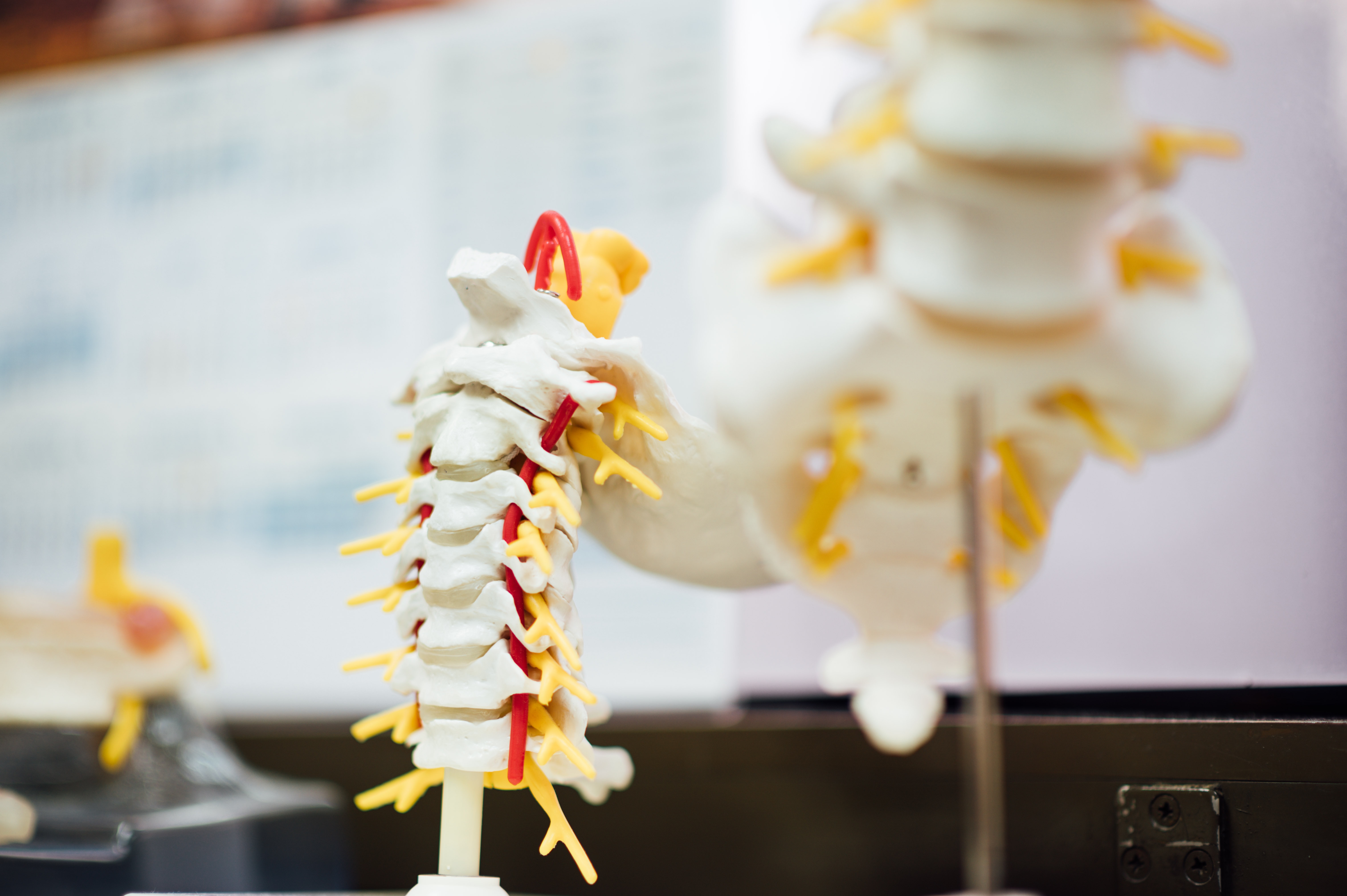
How to Improve Your Posture: 10 Tips for Better Alignment and Health
Tip 1: Understand the Importance of Good Posture
Maintaining good posture is crucial for your overall health and well-being. Proper alignment of the spine promotes better breathing, reduces muscle tension, and prevents unnecessary strain on your joints. Moreover, good posture enhances your physical appearance, boosts confidence, and helps you project a more positive image. By being mindful of your posture, you can significantly improve your quality of life.
One of the key elements of good posture is aligning your spine in a neutral position. This means keeping your head upright, your shoulders relaxed, and your chest lifted. Avoid slouching or hunching forward, as this can strain your back and neck muscles. Instead, visualize an invisible string gently pulling you upward from the top of your head, lengthening your spine and creating a straight line from your earlobe to your shoulder and hip.
Another important aspect of good posture is maintaining balance. Imagine standing on a tightrope, with your weight evenly distributed between both feet. Avoid leaning to one side or favoring one leg, as this can lead to muscular imbalances and postural deviations. By developing a sense of balance, you can achieve a more aligned and stable posture.
Tip 2: Practice Ergonomic Sitting
In today’s digital age, many of us spend a significant amount of time sitting, whether it’s at a desk or in front of a computer screen. However, prolonged sitting can contribute to poor posture and various musculoskeletal issues. To improve your sitting posture, follow these tips:
Choose an ergonomic chair that provides adequate support for your lower back. Adjust the chair’s height so that your feet rest flat on the floor and your knees are at a 90-degree angle. Additionally, ensure that the chair’s backrest supports the natural curve of your spine, promoting proper alignment.
Position your computer monitor at eye level to prevent straining your neck and upper back. Keep your keyboard and mouse within easy reach, allowing your arms to be at a comfortable and relaxed position. Take regular breaks to stand up, stretch, and walk around to alleviate muscle tension and improve circulation.
Tip 3: Strengthen Your Core Muscles
Having a strong core is essential for maintaining good posture. Your core muscles, including the abdominals, obliques, and lower back muscles, provide support and stability to your spine. Here are some exercises to strengthen your core:
Planks are an excellent exercise for strengthening your core and improving your posture. Begin by assuming a push-up position, resting your forearms on the ground and keeping your body in a straight line from head to toe. Hold this position for 30 seconds to a minute, gradually increasing the duration as you get stronger.
Another effective core exercise is the bridge. Lie on your back with your knees bent and your feet flat on the ground. Slowly lift your hips off the floor, engaging your glutes and core muscles. Hold this position for a few seconds before lowering your hips back down. Repeat this exercise for 10 to 12 repetitions.
Tip 4: Stretch and Mobilize
Incorporating stretching and mobility exercises into your daily routine can help improve your posture by increasing flexibility and reducing muscle tightness. Try the following stretches:
Chest stretches can counteract rounded shoulders and forward head posture. Stand near a doorway, place your forearms on the door frame, and step forward with one leg. You should feel a gentle stretch in your chest and shoulders. Hold this stretch for 30 seconds on each side.
To stretch your upper back and shoulders, sit upright on a chair and interlace your fingers behind your head. Gently squeeze your shoulder blades together and allow your elbows to drop backward. Hold this stretch for 20-30 seconds while taking deep breaths.
By implementing these tips into your daily routine, you can gradually improve your posture and enjoy the benefits of better alignment and overall health. Remember, maintaining good posture is a lifelong practice that requires awareness and consistency.
Tip 5: Practice Mindful Movement
Incorporate mindful movement practices into your routine, such as yoga or Pilates, to enhance body awareness and improve posture. These exercises focus on proper alignment, core strength, and flexibility, all of which contribute to better posture. Pay attention to your body’s movements and engage in exercises that promote spinal extension, elongation, and stability.
Tip 6: Take Frequent Breaks
Avoid prolonged periods of sitting or standing in one position. Instead, take regular breaks to change your posture and move around. Whether you’re working at a desk or engaged in physical labor, make it a habit to stand up, stretch, and walk around every 30 minutes or so. These breaks help relieve muscle tension and prevent postural fatigue.
Tip 7: Strengthen Your Back Muscles
Focus on strengthening the muscles in your upper back and shoulders to counteract the effects of slouching and rounded shoulders. Exercises such as rows, reverse flyes, and lat pulldowns target these muscles and promote better posture. Consult a fitness professional to learn proper form and technique for these exercises.
Tip 8: Use Supportive Pillows and Mattresses
Ensure that your sleeping environment supports good posture. Invest in a supportive mattress and pillows that maintain the natural curves of your spine. Avoid pillows that are too high or too flat, as they can strain your neck and contribute to poor alignment during sleep. Experiment with different pillow heights and mattress firmness to find what works best for you.
Tip 9: Be Mindful of Your Carrying Habits
Whether you’re carrying a backpack, purse, or briefcase, distribute the weight evenly to prevent strain on one side of your body. Opt for bags with adjustable straps that allow you to position them correctly on your back or shoulder. Consider using a backpack instead of a single-strap bag to distribute the weight evenly across both shoulders.
Tip 10: Seek Professional Help if Needed
If you’re experiencing chronic pain or severe postural issues, consider seeking professional help from a physical therapist or chiropractor. They can assess your posture, identify any underlying musculoskeletal imbalances, and provide targeted exercises and treatments to improve your alignment and alleviate discomfort.
By incorporating these additional tips into your lifestyle, you can further enhance your posture and overall well-being. Remember that practicing good posture is a continuous effort that requires conscious awareness and consistent practice in various aspects of your daily life.













